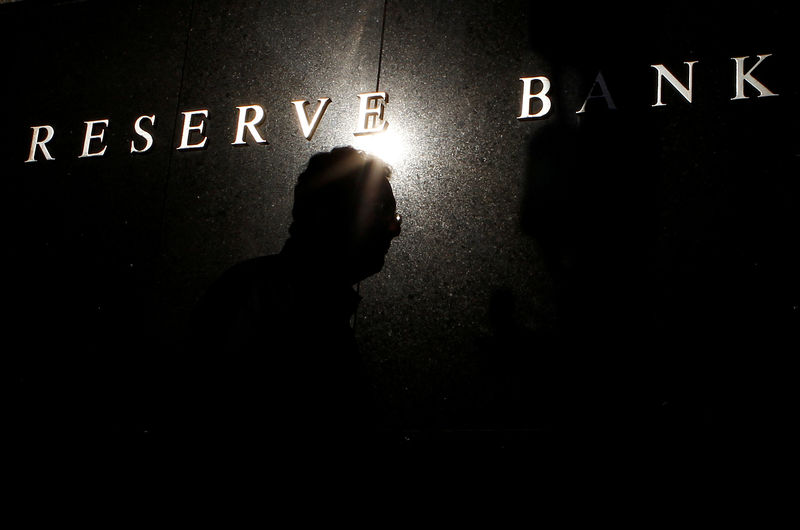
© Reuters.
By Ambar Warrick
Investing.com — The Reserve Bank of Australia (RBA) held interest rates steady on Tuesday, signaling a pause to its rate hike cycle as it looks to observe the effects of tighter monetary policy and as inflation appears to have likely peaked in the country.
The RBA held its at 3.60% after raising rates by a cumulative 350 basis points since early-2022.
The bank said it is now waiting to observe the full effect of its rate hike spree and to gauge Australia’s economic outlook, while noting that inflation had likely peaked. inflation eased for two consecutive months after reaching an over-30-year high of 8.4% in December.
The fell 0.3% after the RBA decision, given that steady interest rates make the currency appear less attractive for yields.
But given that inflation is still trending well above the bank’s 2% to 3% target range, the RBA warned that more monetary policy tightening may still be in order.
The RBA said it expects goods price inflation to moderate further in the coming months, although stubborn housing prices and higher utility costs mean that inflation will only reach the bank’s target range by mid-2025.
The RBA had earlier signaled that it was considering a potential pause in its rate hike cycle, although markets were split over whether it would hike rates at least once more in April.
But with a post-COVID economic boom running out of steam by late-2022, the RBA softened its hawkish rhetoric in recent months as it sought to strike a balance between combating inflation and fostering economic growth.
“The decision to hold interest rates steady this month provides the Board with more time to assess the state of the economy and the outlook, in an environment of considerable uncertainty,” RBA Governor Philip Lowe said in a statement.
“The Board is seeking to return inflation to the 2–3 percent target range while keeping the economy on an even keel, but the path to achieving a soft landing remains a narrow one.”
Lowe warned that the Australian economy is likely to cool further in the coming months, with below-average growth expected in 2023 and 2024. While a tight labor market has been among the few bright spots in the economy, is also likely to increase as economic growth slows.





